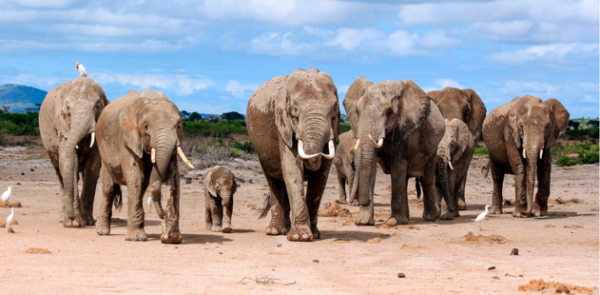Multicultural Nature
International travel brings into sharp focus the multicultural world of humankind. To visit Delhi from Melbourne is to dive into a strange new world of speech, mannerisms, lifestyles, food, and even scents. Move on to Newcastle (UK) and you soon conclude that the indecipherable Geordie accent should be reclassified as a foreign language.
Take an Australian magpie from Main Creek to Sydney and it will wonder about those strange black backs and look on with bemusement as the locals attack seemingly-innocent passers by. Calls throughout the natural world vary considerably, some by locality (e.g. birds), others by family or tribe (e.g. whales).
Darwin’s famous Galapagos finches not only have different beaks, their calls are equally distinctly different!
People are all unmistakedly people, our magpies are obviously magpies, and the finches live just a few kilometers apart. Each has similar homes, and family and tribal structures. But they are all different, sometimes confusingly so.
They are multicultural.

Mama knows the migration paths between seasonal food and water resources, and she is teaching them to her daughters.
Each species is defined by their common genes, which have evolved from the never-ending battle to establish and hold an environmental niche. Culture is a social outcome, it reflects local beliefs, languages, practices and social structures that provide the map for how animals live.
Culture may evolve somewhat independently to genetic evolution as societal mores change or cultures mix. Thus, when the environment changes, local species may survive by evolving into different species (genetic evolution), by learning new approaches to obtaining food, etc (cultural evolution), or by both. Those species that cannot evolve genetically or culturally die out to be replaced by more adaptable species.
A good example of this is being played out is happening now in the orcas off Washington State. There, a large pod of salmon-eating orcas is shrinking and its members are becoming smaller. At the same time, transient pods that eat mammals and particularly seals are thriving – same animal, different cultures.
The importance of biodiversity has become well known and considerable importance is quite-properly placed on protecting and enhancing it within our environment. Yet cultural diversity is virtually never considered, even though it is arguably of equal importance – especially in these uncertain times of a changing climate.
Article abstracted by Greg Holland from the original here – and some excellent reading may be found here.